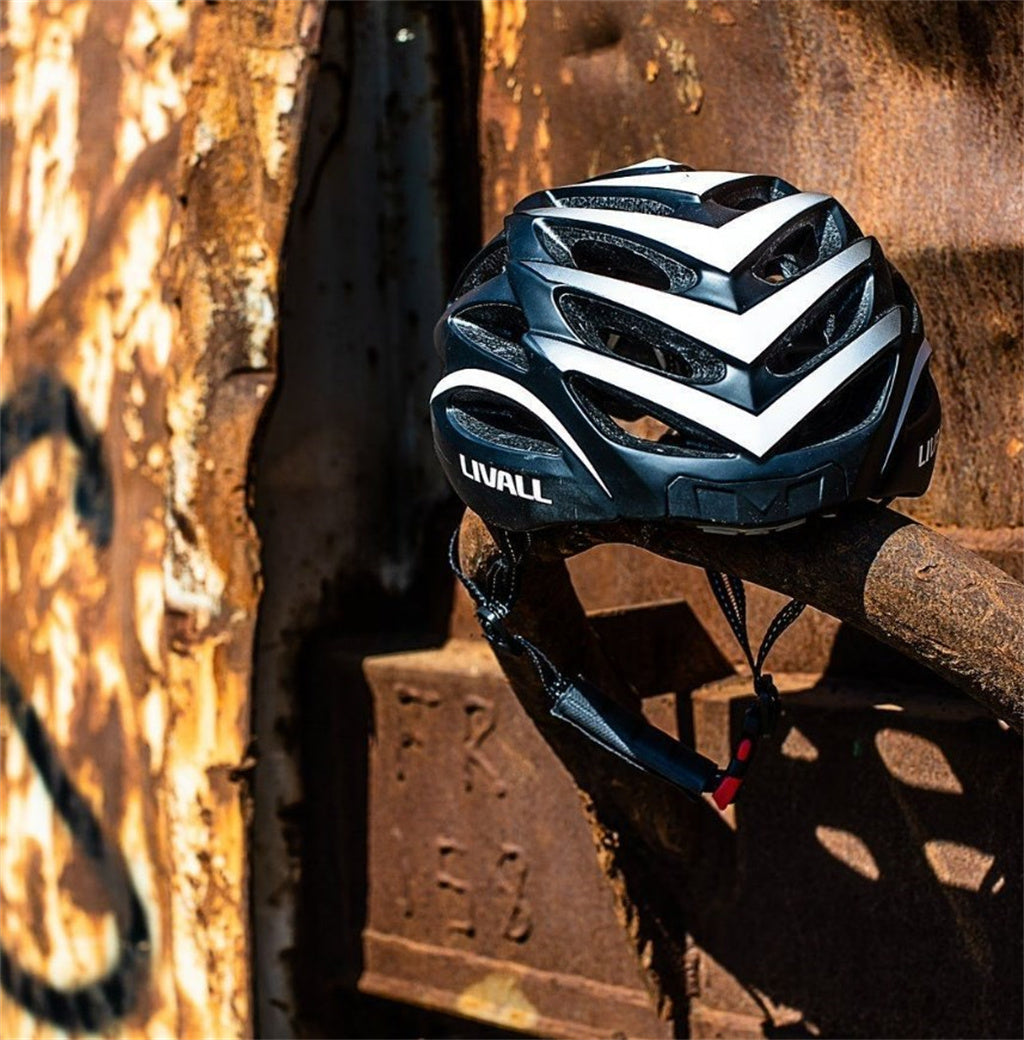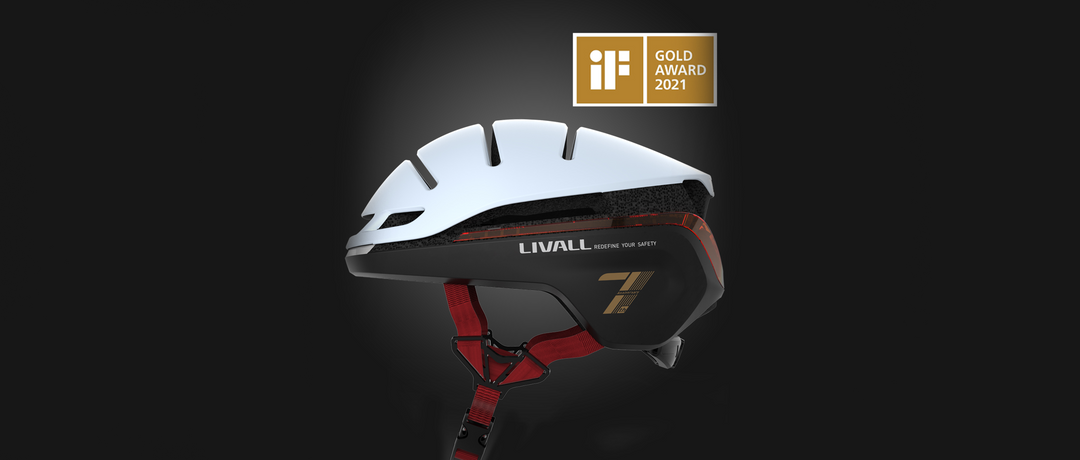Geared cycle better than a non-geared cycle, may be not!

Is a geared cycle better than a non-geared cycle? Whether you're a seasoned cyclist or a beginner looking to make an informed choice, this guide will help you understand the ins and outs of both types of cycles.
Before we get into the nitty-gritty of geared versus non-geared cycles, let's address a crucial aspect of cycling: safety. There's an ongoing debate about whether helmets are necessary when riding. Regardless of whether you choose a geared or non-geared cycle, wearing a helmet is essential to ensure your safety.
LIVALL helmets have got you covered. The BH51M NEO bicycle crash helmet, with its hard shell and anti-collision features, offers top-notch protection.
For those looking for smart functionalities, the BH60SE NEO light helmet built in bluetooth and speaker goes beyond traditional bike helmets with its innovative features. LIVALL offers a wide range of helmets to meet different needs, ensuring you stay safe while enjoying your ride.

Geared and Non-Geared Cycles
Let's break down what we mean by geared and non-geared cycles. A geared cycle, as the name suggests, comes equipped with multiple gears that you can shift through to adjust the resistance and speed of your ride.
This system allows for greater flexibility and efficiency, especially on varied terrains. On the other hand, a non-geared cycle, also known as a single-speed or fixie, has just one gear, making it a simpler and often more straightforward option.
The concept of gears in bicycles dates back to the late 19th century when inventors sought ways to make cycling more efficient and accessible. Over the years, geared cycles have evolved significantly, offering a wide range of options to suit different riding styles and preferences.
Meanwhile, non-geared cycles have retained their simplicity, appealing to those who prefer a minimalist approach.
Types of Non-Geared Cycles
There are two main types of non-geared bikes: freewheel cycles and fixed-wheel bikes.
Freewheel Cycle
This is the most common type of non-geared bike. In a freewheel cycle, the rear wheel is not fixed to the pedals, allowing you to coast or cruise once you reach a certain speed. This design makes riding easier, especially when going downhill, as gravity aids in maintaining momentum without the need for constant pedaling.
Fixed-Wheel Bike
In contrast, a fixed-wheel bike has its rear wheel fixed to the pedals, meaning the bike moves only when you pedal. This setup allows riders to control the bike's speed without using brakes, making it a favorite for indoor competitions and experienced cyclists seeking a workout. However, riding a fixed-wheel bike requires more skill and practice, especially for beginners. It's advisable to practice on secluded trails, focusing on stopping suddenly and changing speeds mid-ride.

Advantages of Geared Cycles
With multiple gears at your disposal, you can easily adjust your bike to tackle various terrains, from steep hills to flat roads. This flexibility makes geared cycles ideal for long-distance rides and challenging trails.
Geared cycles allow you to maintain a steady cadence and speed, reducing the effort required to pedal, especially on inclines. This means you can cover more ground with less fatigue, making your rides more enjoyable and productive.
Geared cycles excel in terms of speed. By selecting the appropriate gear, you can maximize your speed and acceleration.
Advantages of Non-Geared Cycles
While geared cycles have their perks, non-geared cycles are not without their own set of advantages. One of the most appealing aspects of non-geared cycles is their simplicity. With fewer components, these bikes are easier to maintain and less prone to mechanical issues. This simplicity translates to lower maintenance costs and less time spent in the workshop.
Non-geared cycles are also more cost-effective. Without the need for complex gear systems, these bikes are generally cheaper to manufacture and purchase. This makes them an excellent choice for budget-conscious riders or those just starting in the cycling world.
Moreover, non-geared cycles are perfect for flat terrains. If you primarily ride on city streets or other level surfaces, a single-speed bike can provide a smooth and enjoyable experience without the need for constant gear shifting. The straightforward design also means these bikes are lighter and more agile, making them easier to maneuver in urban environments.

Performance Comparison
When it comes to performance, the choice between geared and non-geared cycles largely depends on your riding style and preferences. Geared cycles offer superior speed and acceleration, thanks to their ability to optimize pedaling efficiency. They also excel in maneuverability, allowing you to navigate through diverse terrains with ease.
In terms of durability and lifespan, both types of cycles have their strengths. Geared cycles may require more frequent maintenance due to their complex components, but with proper care, they can last for many years. Non-geared cycles, on the other hand, have fewer parts that can wear out, making them a durable option for everyday use.

Suitability for Different Riders
Different riders have different needs, and choosing the right type of cycle can make all the difference. For beginners, non-geared cycles are often recommended due to their simplicity and ease of use. They provide a straightforward riding experience that helps new cyclists build confidence and skill.
Experienced riders, however, may prefer the versatility and performance benefits of geared cycles. These bikes offer the flexibility to tackle a wide range of conditions, making them suitable for both recreational and competitive cycling.
Commuters and recreational riders also have distinct preferences. For daily commuting, a non-geared cycle can be a reliable and low-maintenance option. However, if your route includes hilly areas or varied terrain, a geared cycle may be more practical and efficient.

Maintenance and Longevity
Geared cycles require regular maintenance to keep the gear system functioning smoothly. This includes cleaning and lubricating the chain, adjusting the derailleurs, and checking the gear cables for wear and tear.
Common issues with geared cycles include chain slippage, misaligned gears, and worn-out cassettes. However, these problems can usually be resolved with routine maintenance and occasional part replacements. With proper care, geared cycles can have a long lifespan, providing reliable performance for years to come.
Non-geared cycles, with their simpler design, have fewer maintenance requirements. Regular tasks include cleaning the chain and checking the tires and brakes. The lack of a gear system means there are fewer components to worry about, which can extend the bike's longevity and reduce maintenance costs.

Cost Analysis
Geared cycles tend to have a higher initial purchase cost due to their complex components and advanced technology. However, they offer excellent value for money, especially for riders who need versatility and performance.
In fact, some non-geared cycles bikes with character and especially vintage styling don't come cheap either!
Non-geared cycles are generally more affordable upfront, making them a popular choice for budget-conscious buyers. The lower maintenance costs also add to their cost-effectiveness, as there are fewer parts that require regular attention or replacement.
If you require a bike that can handle diverse conditions and long distances, investing in a geared cycle may be worthwhile. Conversely, if you primarily ride on flat terrain and prefer a low-maintenance option, a non-geared cycle could be the better choice.

Conclusion
Geared cycles offer versatility, efficiency, and superior performance, making them ideal for varied terrains and long-distance rides. Non-geared cycles, on the other hand, provide simplicity, cost-effectiveness, and ease of maintenance, making them perfect for flat terrains and everyday use.
As an experienced cyclist, I appreciate the unique benefits of both types of bikes. If you're a beginner or someone who values simplicity, a non-geared cycle might be the best starting point. However, if you're looking to tackle diverse terrains and enjoy the flexibility of multiple gears, a geared cycle is worth considering.
The best bike is the one that suits your needs and enhances your riding experience. Happy cycling!









Leave a comment